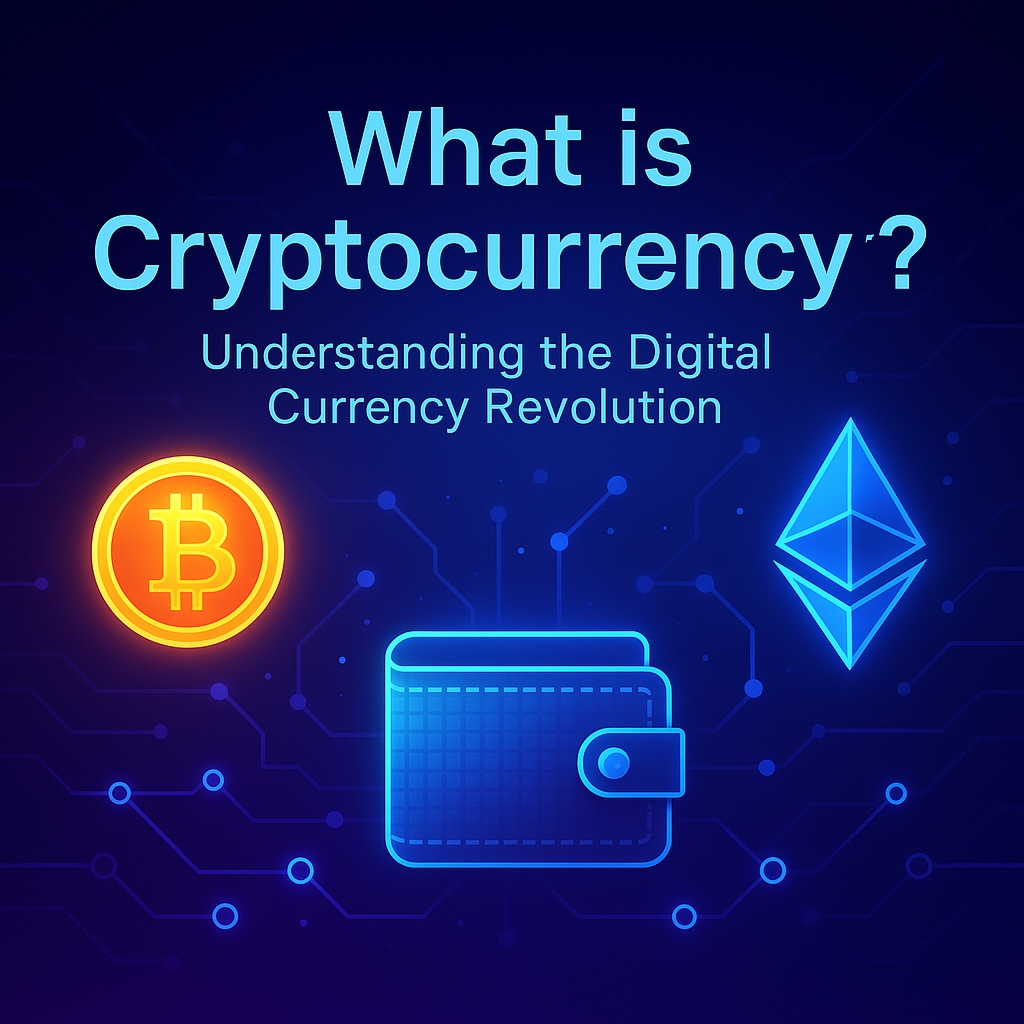Breaking News
Popular News




Enter your email address below and subscribe to our newsletter

As the blockchain industry matures, interoperability becomes a critical issue. Cross-chain bridges are the key to connecting separate blockchain networks like Ethereum, Solana, and Polkadot. But how do they work, and why do they matter in 2025?
In this article, bit2050.com breaks down everything you need to know about cross-chain bridges, how they function, and the innovations reshaping the decentralized web.
A cross-chain bridge is a protocol that enables data, tokens, or smart contracts to move between two independent blockchain networks.
For example:
Move USDT from Ethereum to BNB Smart Chain
Transfer NFTs between Solana and Polygon
Enable DeFi apps to operate across chains
These bridges enhance interoperability, solve liquidity fragmentation, and are foundational to Web3’s multichain future.
Bridges come in two major forms:
Trusted Bridges: Rely on centralized validators or oracles (e.g., Multichain).
Trustless Bridges: Use smart contracts or zero-knowledge proofs (e.g., Wormhole, LayerZero).
Trustless bridges are more secure but often complex to build.
Bridges are frequent targets of crypto hacks. Notable bridge exploits:
Ronin Bridge Hack ($600M, 2022)
Wormhole Exploit ($325M, 2022)
Security is improving with audits, multi-sig setups, and zk-proofs in 2025.
Today’s users don’t want to be stuck on a single chain. Bridges enable:
DeFi across multiple blockchains
Cross-chain NFTs and gaming
Token movement to L2 solutions like Arbitrum and Optimism
Some bridges are fast (seconds), others take minutes or hours. Fees depend on:
Gas prices of both chains
Bridge architecture
Validator rewards
For low-fee options, explore Layer 2 bridges or rollup-based bridges.
Here are top-performing bridges to know:
Wormhole – Solana to EVM
Synapse Protocol – Multi-chain liquidity bridge
LayerZero – Omnichain interoperability
Axelar – Secure generalized bridge
Polygon PoS Bridge – Ethereum to Polygon
Each bridge comes with its pros and trade-offs. Do your research!
Without bridges, the blockchain ecosystem would remain fragmented. They allow:
Seamless user experience
More efficient capital usage
Cross-chain dApps with larger reach
And with innovations like modular blockchains, appchains, and zk-bridges, the future is multichain by design.
A: Most bridges are safe if audited and built by reputable teams. However, risks exist — always check for audits and user reviews.
A: LayerZero is an omnichain messaging protocol, while Wormhole is a token and asset bridge. Both enable cross-chain actions but with different tech stacks.
A: Yes, many bridges now support NFT transfers across chains, particularly between Ethereum, Polygon, and Solana.
A: Bridges like LayerZero and Axelar offer near-instant transfers with optimized gas and secure messaging layers.
A: Most bridges lock assets on Chain A and mint wrapped tokens on Chain B. When you return, they burn the wrapped token and release the original.
In 2025, cross-chain bridges are no longer just experimental tech — they are the backbone of Web3 interoperability. Understanding how they work and choosing the right ones is crucial for anyone navigating the multichain world.
Stay ahead of the curve by exploring more blockchain infrastructure trends at bit2050.com.